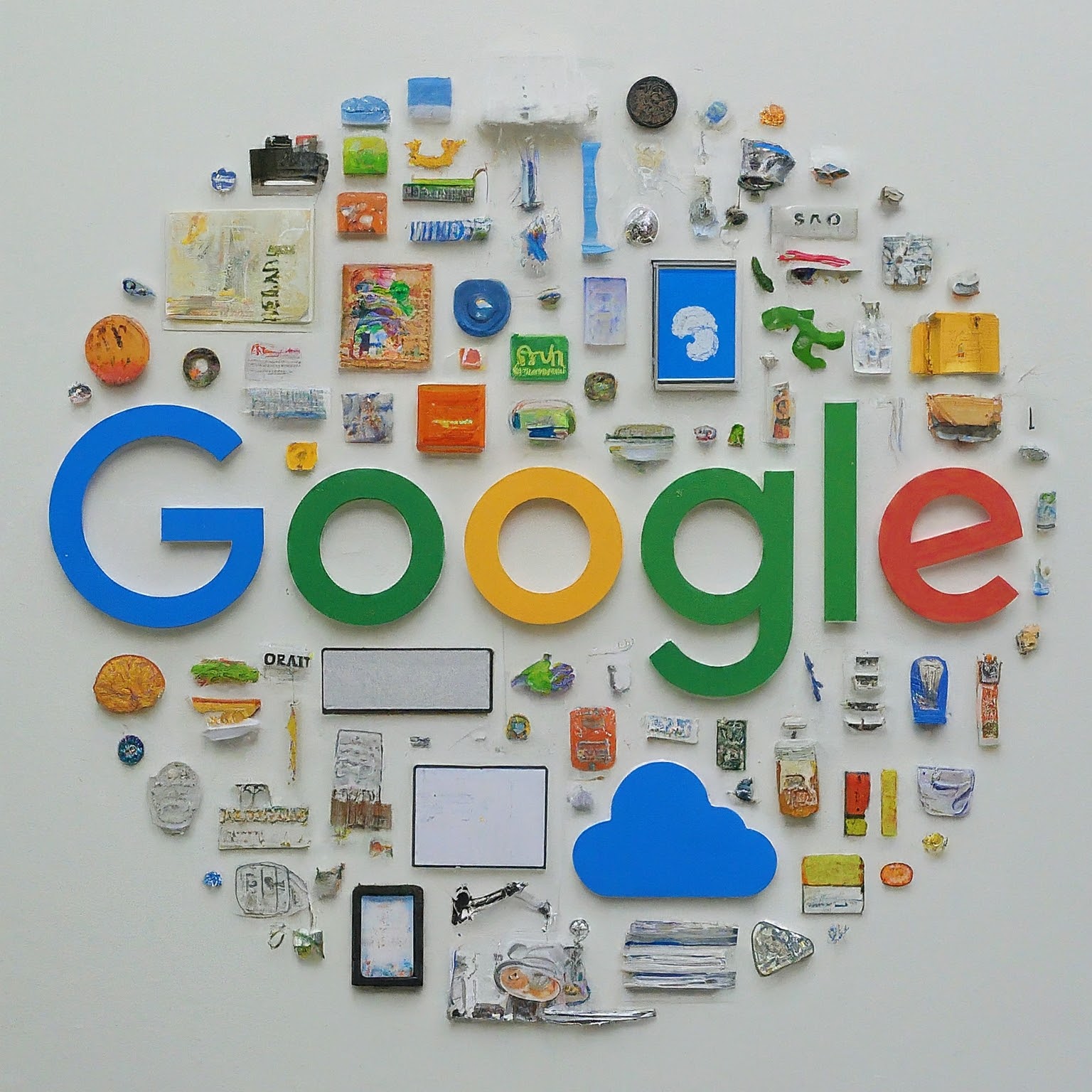Apple released its fiscal first-quarter earnings on Thursday, surpassing revenue and earnings estimates. However, the company experienced a 13% drop in sales in China, a crucial market for Apple. Following the disclosure of details about the outlook for the current quarter, Apple shares declined over 4% in extended trading, signaling potential weaknesses in iPhone sales.
For the quarter ending December 30, Apple exceeded consensus expectations from LSEG (formerly Refinitiv). Notably, Apple did not provide guidance for the current quarter ending in March. Apple’s CFO, Luca Maestri, projected that iPhone sales in the March quarter would be comparable to last year’s $51.33 billion in revenue, excluding the $5 billion attributed to outperformance a year ago during the recovery from Covid-related disruptions.
Maestri indicated that total company revenue, excluding the $5 billion in iPhone sales, would mirror last year’s $94.84 billion. He anticipated services to grow at the same rate as the December quarter, which was 11%.
In the December quarter, Apple reported a 2% increase in sales, ending a streak of four consecutive quarters with annual revenue declines. The gross margin rose, nearly reaching 46%. Net income for the quarter was $33.92 billion, a 13% increase from the same period the previous year.
Despite some disappointment in services slightly falling short of estimates, Apple’s profitable services business increased by 11% to $23.11 billion in revenue. The company disclosed having 2.2 billion active devices in use, up from 2 billion at the same time last year.
iPhone sales, just under revised Street expectations, grew almost 6% to $69.70 billion in the first full quarter with revenue from the iPhone 15 models released in September.
While Apple saw growth in all regions except Greater China, which fell nearly 13%, CEO Tim Cook explained that currency fluctuations played a role, and when assessed in constant currency, the decline in Greater China was less severe.
Mac sales grew by less than 1%, reaching $7.7 billion, in line with estimates. iPad sales, however, fell by 25% to $7.02 billion, slightly missing Street estimates, with Cook attributing the decline to a challenging comparison with the previous year.
Apple’s wearables business, including AirPods and the Apple Watch, experienced an 11% decline on a year-over-year basis to $11.95 billion in sales. This quarter was impacted by the temporary removal of the newest Apple Watches from stores due to a patent dispute with medical device company Masimo.
During the quarter, Apple reported spending nearly $27 billion on dividends and share repurchases.


